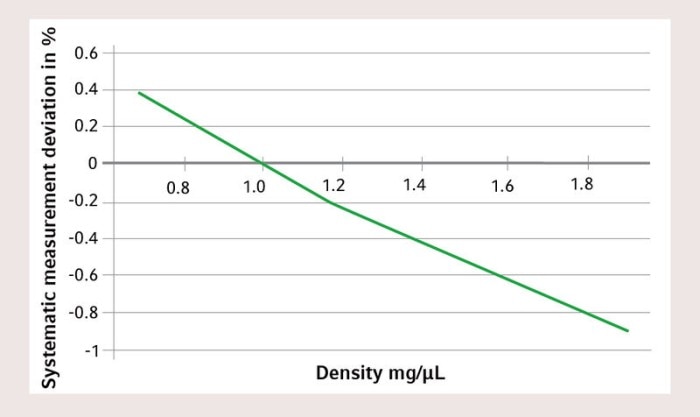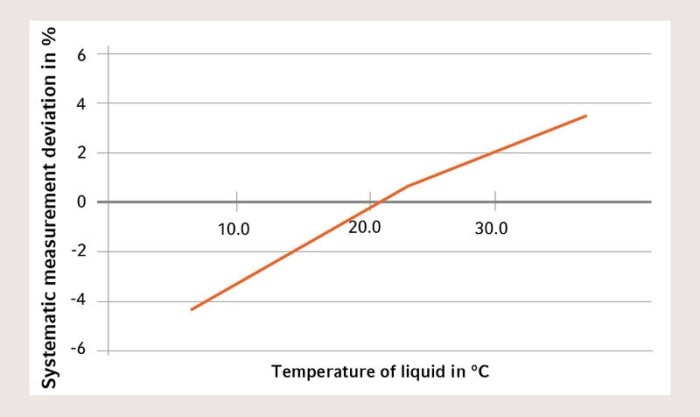-
- Wszystkie wirówki
- Wirówki stołowe
- Wirówka stojąca na podłodze
- Wirówki z chłodzeniem
- Mikrowirówki
- wirówki wielofunkcyjne
- Wirówki wysokoobrotowe
- Ultrawirówki
- Koncentrator
- IVD Products
- High-Speed and Ultracentrifuge Consumables
- Probówki wirówkowe
- Płytki wirówkowe
- Zarządzanie urządzeniem
- Zarządzanie próbkami i informacjami
-
- Wszystkie pipety, dozowniki i stacje robocze do automatycznej obsługi cieczy
- Pipety mechaniczne
- Pipety elektroniczne
- Pipety wielokanałowe
- Pipety i dozowniki wyporowe
- Końcówki
- Dozowniki butelkowe
- Pipetory
- Akcesoria do dozowników i pipet
- Automatyczne pipetowanie
- Materiały zużywalne do automatyzacji
- Akcesoria do automatyzacji
- Usługi związane z dozownikami i pipetami

Influence of Physical Parameters on the Dispensed Volume of Air-Cushion Pipette
Odkrywaj Life Science
- Konserwacja i kalibracja
- Pipetting Techniques
- Doświadczenie
- Inspirująca nauka
The surrounding in the laboratory e.g., humidity, altitude and temperature, as well as the liquid properties of a sample itself like viscosity, volatility or density have a tremendous influence on the pipetting result. Each factor influences the pipetting volume and with this the experimental result in a different way. So a liquid temperature other than 22 °C already leads to less or excessive volume delivery. Or a dense liquid like phosphoric acid leads to constant insufficient liquid volume. All factors have to be considered during daily pipetting tasks and especially during calibration of a pipette. So consider our recommendations to improve your daily pipetting work.
Przeczytaj mniej

Przeczytaj mniej

Przeczytaj mniej

Przeczytaj mniej

